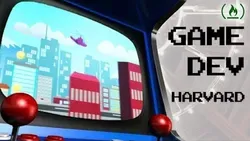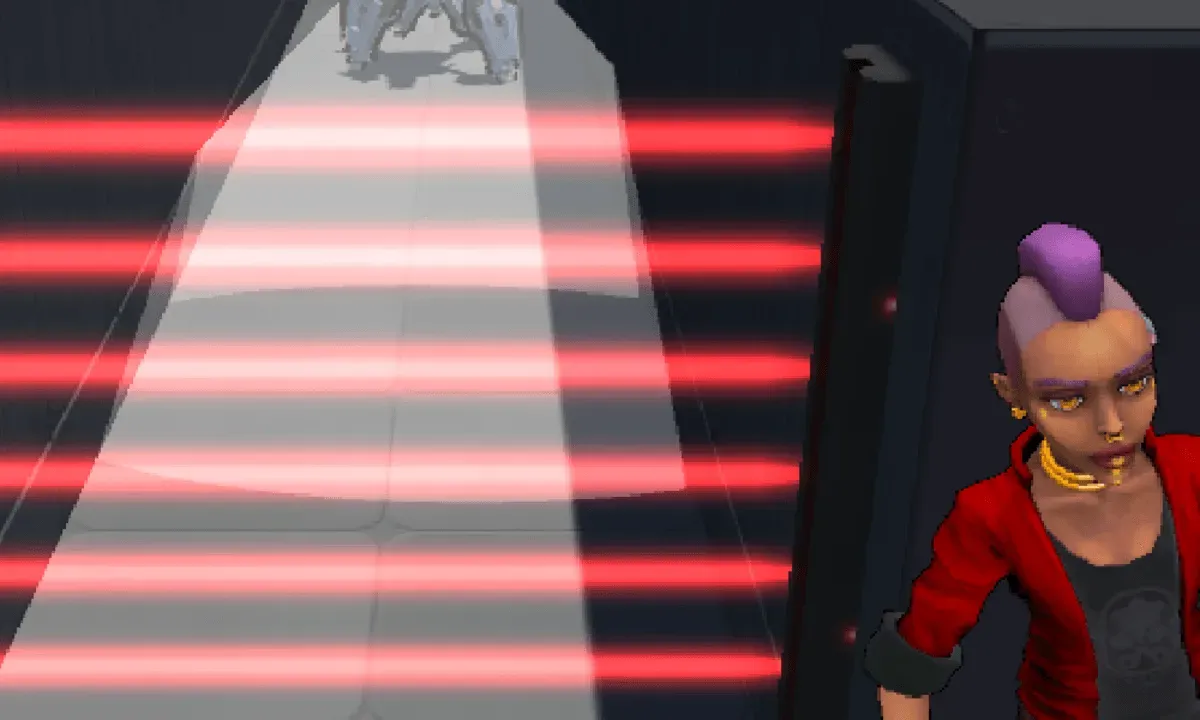
Unity 3D 2021

Unity 3D 2021 provides users with the tools to create immersive 3D experiences. Through learning the fundamentals of level design, lighting, materials, and animation, users can create interactive and engaging 3D worlds.▼
Course Feature
![]() Cost:
Cost:
Free Trial
![]() Provider:
Provider:
LinkedIn Learning
![]() Certificate:
Certificate:
No Information
![]() Language:
Language:
English
![]() Start Date:
Start Date:
Course Overview
❗The content presented here is sourced directly from LinkedIn Learning platform. For comprehensive course details, including enrollment information, simply click on the 'Go to class' link on our website.
Updated in [March 06th, 2023]
1. You can learn the fundamentals of level design, lighting, materials, and animation in Unity 3D 2021. Emmanuel will guide you through the Unity user interface and demonstrate how to apply materials, add animation, and add post-processing effects.
2. You can learn how to create a project in Unity 3D 2021. Emmanuel will demonstrate the steps to create a project and explain the Unity user interface. He will also show you how to apply materials, add animation, and add post-processing effects.
3. You can learn how to package and build a playable project in Unity 3D 2021. Emmanuel will explain the steps to package and build a playable project. He will also demonstrate how to apply materials, add animation, and add post-processing effects.
4. You can learn how to make your project come to life in Unity 3D 2021. Emmanuel will demonstrate how to apply materials, add animation, and add post-processing effects. He will also explain the steps to package and build a playable project.
5. You can learn how to use Unity visualisation and development techniques in Unity 3D 2021. Emmanuel will review Unity visualisation and development techniques and explain the fundamentals of level design, lighting, materials, and animation. He will also demonstrate how to create a project and guide you through the Unity user interface.
[Applications]
After completing this course, students will have a better understanding of Unity 3D and be able to apply the techniques they have learned to create their own projects. They will be able to create levels, add lighting, materials, and animation, and package and build a playable project. Additionally, they will be able to use post-processing effects to make their projects come to life.
[Career Paths]
1. Unity 3D Developer: Unity 3D Developers are responsible for creating interactive 3D applications and games using the Unity 3D engine. They must have a strong understanding of 3D graphics, animation, and game design principles. As the demand for 3D applications and games continues to grow, the need for Unity 3D Developers is expected to increase.
2. Unity 3D Designer: Unity 3D Designers are responsible for creating 3D models, textures, and animations for use in Unity 3D applications and games. They must have a strong understanding of 3D modeling, texturing, and animation principles. As the demand for 3D applications and games continues to grow, the need for Unity 3D Designers is expected to increase.
3. Unity 3D Programmer: Unity 3D Programmers are responsible for writing code for Unity 3D applications and games. They must have a strong understanding of programming principles and be able to write code in C#, JavaScript, or Boo. As the demand for 3D applications and games continues to grow, the need for Unity 3D Programmers is expected to increase.
4. Unity 3D Artist: Unity 3D Artists are responsible for creating 3D art assets for use in Unity 3D applications and games. They must have a strong understanding of 3D modeling, texturing, and animation principles. As the demand for 3D applications and games continues to grow, the need for Unity 3D Artists is expected to increase.
[Education Paths]
1. Bachelor of Science in Computer Science: This degree path focuses on the fundamentals of computer science, such as programming, algorithms, data structures, and software engineering. It also covers topics such as artificial intelligence, computer graphics, and game development. With the increasing popularity of game development, this degree path is becoming more popular and in demand.
2. Bachelor of Science in Game Design: This degree path focuses on the design and development of video games. It covers topics such as game mechanics, game design, game programming, and game production. It also covers topics such as game art, game audio, and game marketing. This degree path is becoming increasingly popular as the gaming industry continues to grow.
3. Bachelor of Science in Digital Media: This degree path focuses on the creation and production of digital media, such as video, audio, and interactive media. It covers topics such as digital video production, digital audio production, and interactive media production. This degree path is becoming increasingly popular as digital media continues to become more prevalent in our lives.
4. Bachelor of Science in Virtual Reality: This degree path focuses on the development of virtual reality applications and experiences. It covers topics such as 3D modeling, animation, and game development. It also covers topics such as user experience design, virtual reality programming, and virtual reality production. This degree path is becoming increasingly popular as virtual reality technology continues to advance.
Course Provider






